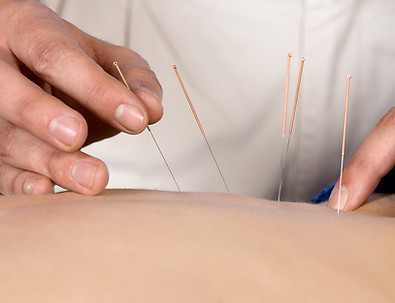QiGong 气功
is accessible to virtually everyone. To both extreme athletes and people who barely undergo sports activities. 20 year and 80 year olds. Disabled and marathoners.
QiGong can be practiced by anyone, as it can be adjusted to a sitting position, it can even be practiced with just one hand. QiGong requires only one thing: to dedicate 15 minutes a day to it (of course you can dedicate more time when you have it).
QiGong is simpler to learn in comparison to TaiJi - it doesn't require memorization of long complex forms and we do not need to deepen the knowledge of the martial aspect as with Taiji. QiGong allows for an immediate immersion into the meditative and energetic aspects of this art, bringing immediate results.
QiGong is a challenge. Both physical and mental. There are many different QiGong forms, techniques and approaches, so we can easily increase the level of difficulty for those who are ready.
There are techniques suitable for the sick and people in poor physical condition and there are techniques that are a challenge even for Olympic champions.
QiGong’s specialty is that it was actually created for the purpose of being a medicine (at this point let me mention that there are also techniques that emphasize more combat and defensive aspects but still have an inevitable therapeutic effect).
QiGong is a branch of Chinese Traditional Medicine along with Acupuncture and Chinese Herbalism.
In China, QiGong is found in hospitals. In some, entire wards are dedicated to QiGong treatments.
QiGong is complementary. We can take it home and use it safely on our own — the same cannot be said for other forms of medicine. Chinese doctors prescribe it in addition to Acupuncture, and manual therapists recommend it to restore all-round balance in the body. The person's condition improves, as most of the time an injury is caused by a certain posture that needs to be corrected first, QiGong is often the perfect answer.
Besides all else QiGong is a traditional form of meditation that develops mindfulness.
Compared to other methods, we need relatively little time to see results. This is because QiGong works on internal aspects such as mindfulness, quality breathing, energy flow, and gently opens up the physical aspect of the body.
In QiGong, the movement is repeated several times (say 36x), which allows us to really feel the movement and in doing so we can relax, forget about form and focus on the inner experience. This mode creates a pleasant feeling of flow and relaxation
More and more people are realizing that everything revolves around Qi. Awareness of the positive effects of Acupuncture, Chinese Herbal Medicine and Feng Shui is constantly growing. In all these arts, the main star is Qi. Qi is a historically Chinese phenomenon that transcends any culture. Everything is Qi - no matter what name we give it: Qi, prana, vital energy, ..
TaiJi is empty without QiGong. Although TaiJi is currently more recognized, QiGong is the one who originally helps us to cultivate Qi.
QiGong is a spiritual practice. Regardless, it is suitable for people of all religious beliefs as it is not exclusive.
It heals not only our body, not only our mind and not only our soul, but all three at once. QiGong connects mind, body and spirit.
QiGong upgrades our sedentary meditation. Already the legend of BodhiDarma / Damo tells of how he found Shaolin monks sick, weak and incapable of deep meditation. Because he wanted to help them, he developed QiGong for them. Shaolin monks are one of the greatest masters of meditation today, accompanied by Shaolin GongFu of course.
Nowadays, people practice sitting meditation and simply cannot reap the fruits it should bring. If we add QiGong practice daily, it will deepen and improve your meditation just like it did for the Shaolin monks.








